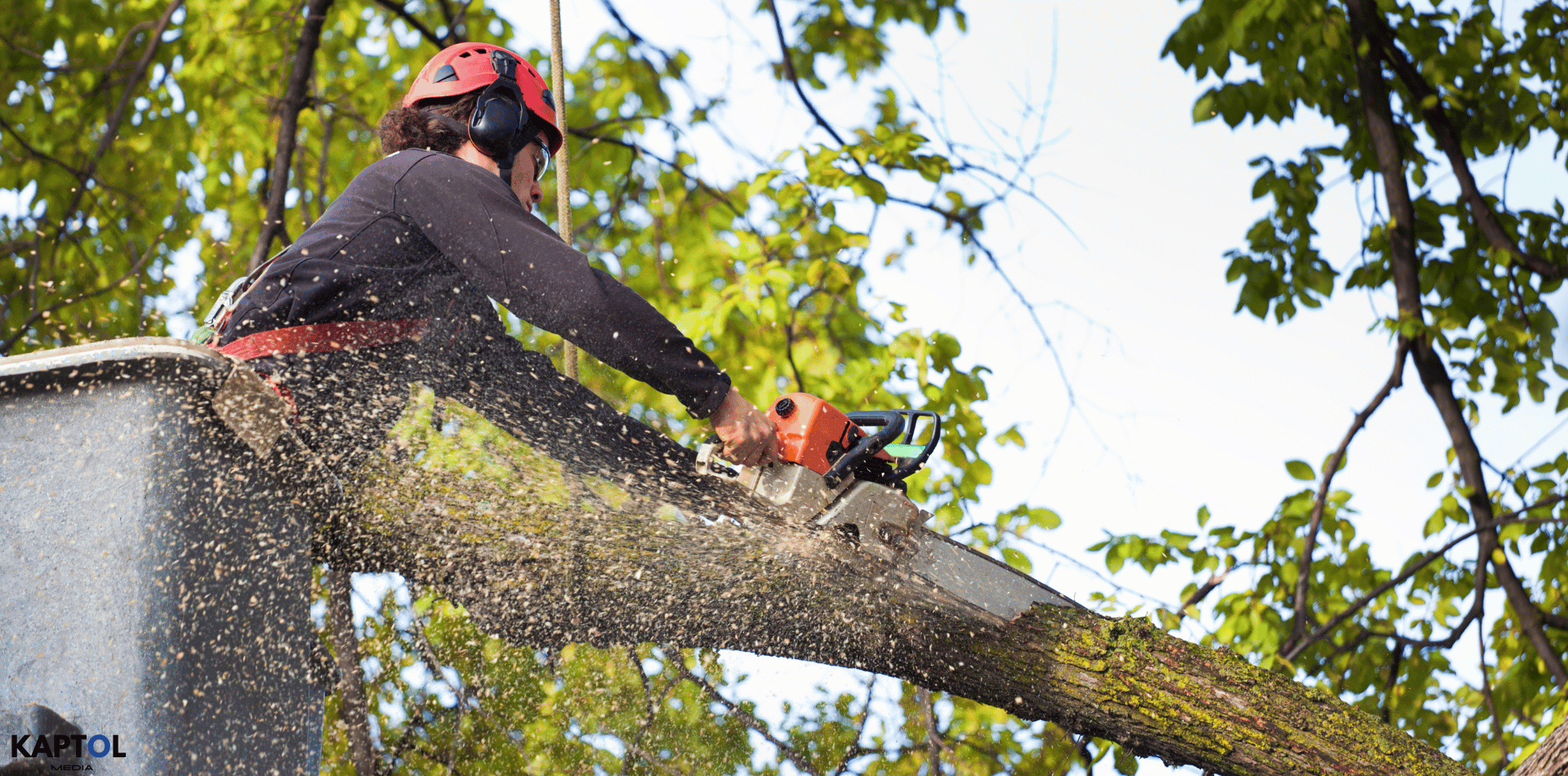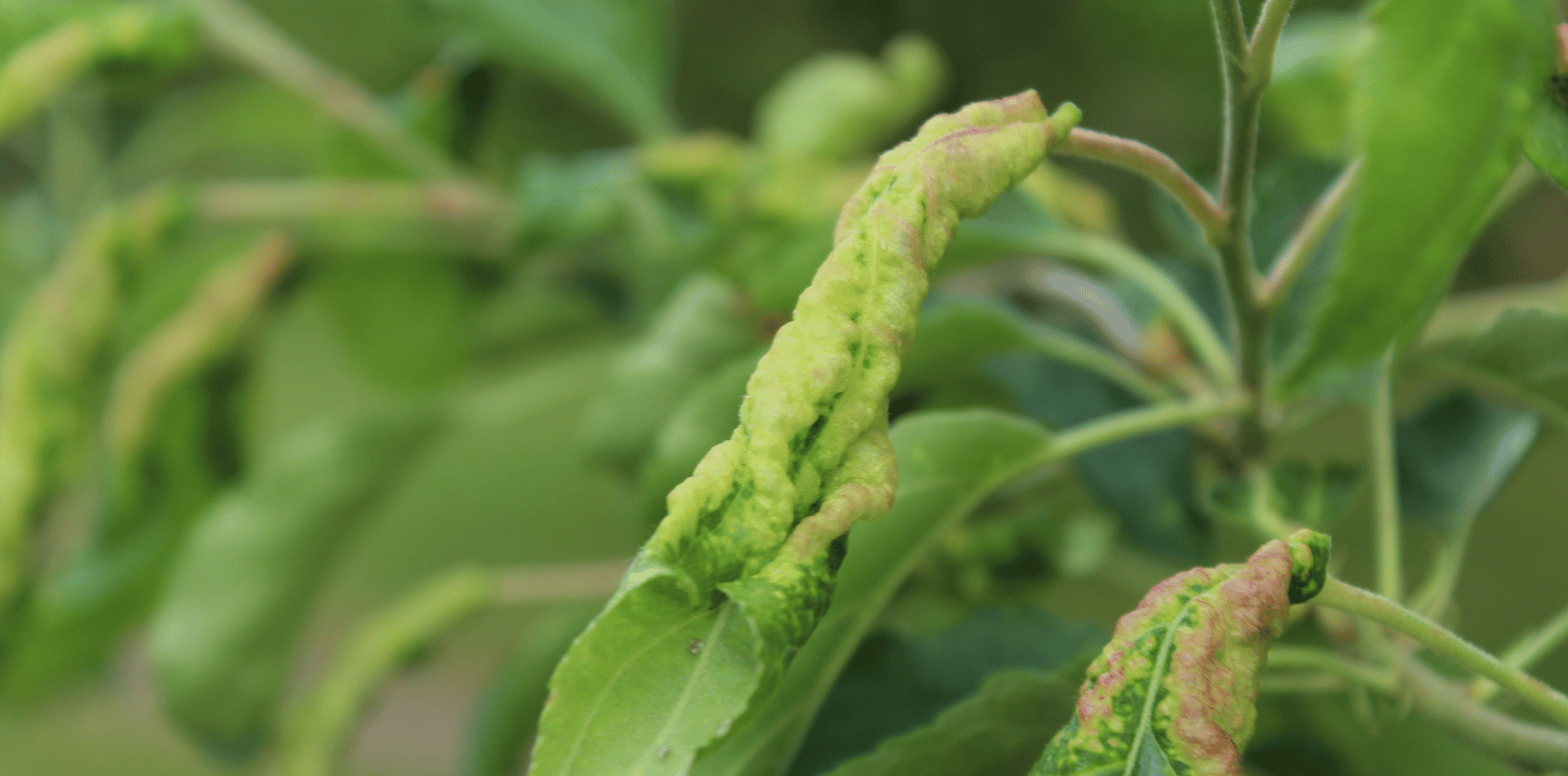The Remarkable Benefits of Yucca Trees: A Natural Wonder
Remarkable Benefits of Yucca Plants
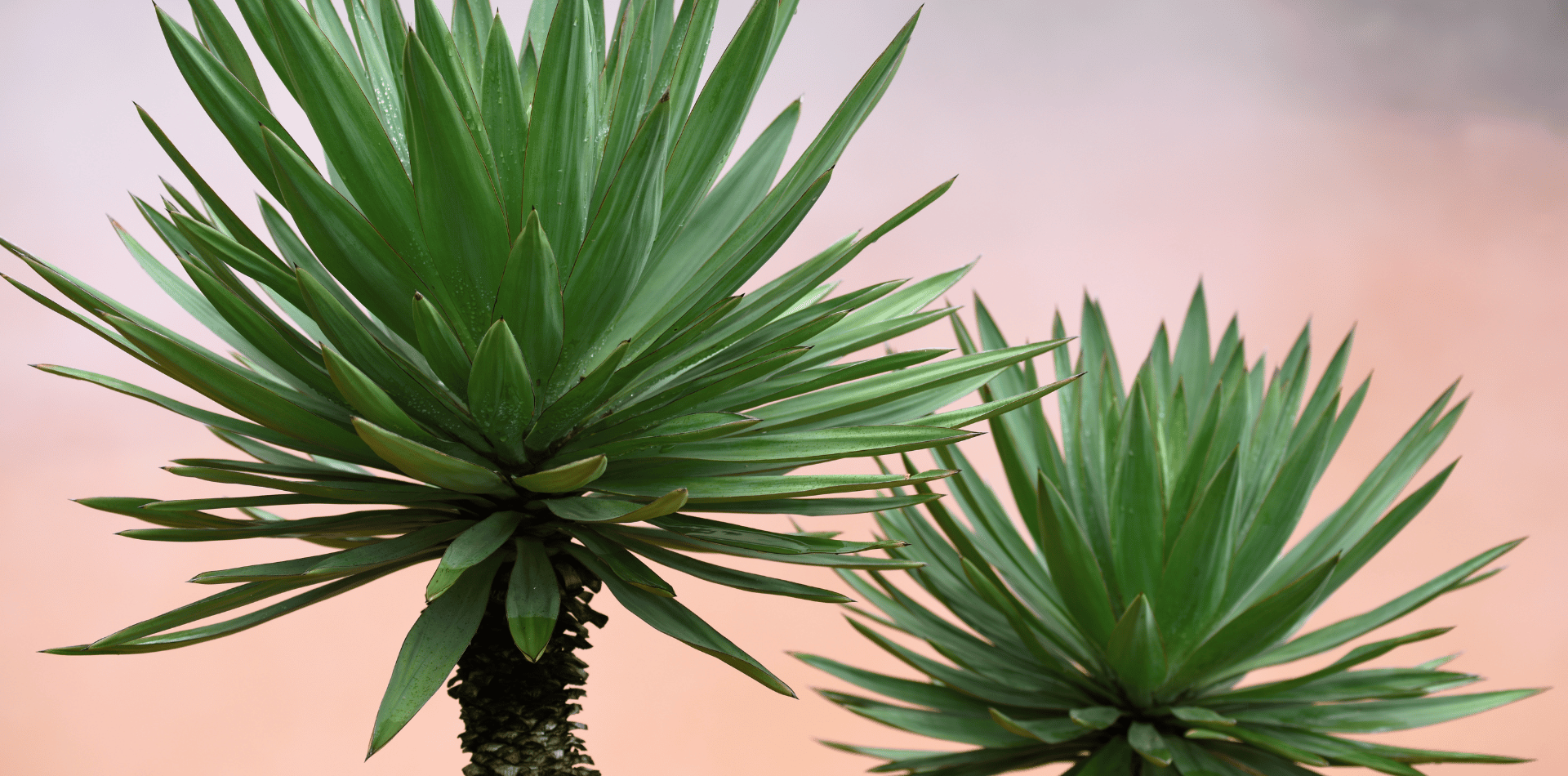
In the vast realm of flora, the yucca tree stands as an exemplar of resilience, adaptability, and multifaceted utility.
Growing well in dryer regions of Australia, these intriguing plants have captured the attention of botanists, ecologists, and enthusiasts alike. Beyond their aesthetic appeal, yucca trees offer a plethora of benefits that range from ecological significance to practical applications in various industries.
Here, we delve into the captivating world of yucca trees and explore the many advantages they bring to both nature and human society.
1. Ecological Harmony:
Yucca trees play a pivotal role in maintaining ecological balance. Their intricate relationship with yucca moths (Tegeticula species) exemplifies a stunning example of mutualism. Yucca moths are the sole pollinators of these trees, and their lifecycle is closely intertwined with that of the yucca. The moths lay their eggs in the yucca flowers, transferring pollen in the process. As the eggs hatch into larvae, they consume some of the seeds, ensuring that not all seeds germinate and reducing competition among young yucca plants. This dynamic interdependence showcases the delicate equilibrium within ecosystems and highlights the yucca tree's role as a keystone species.
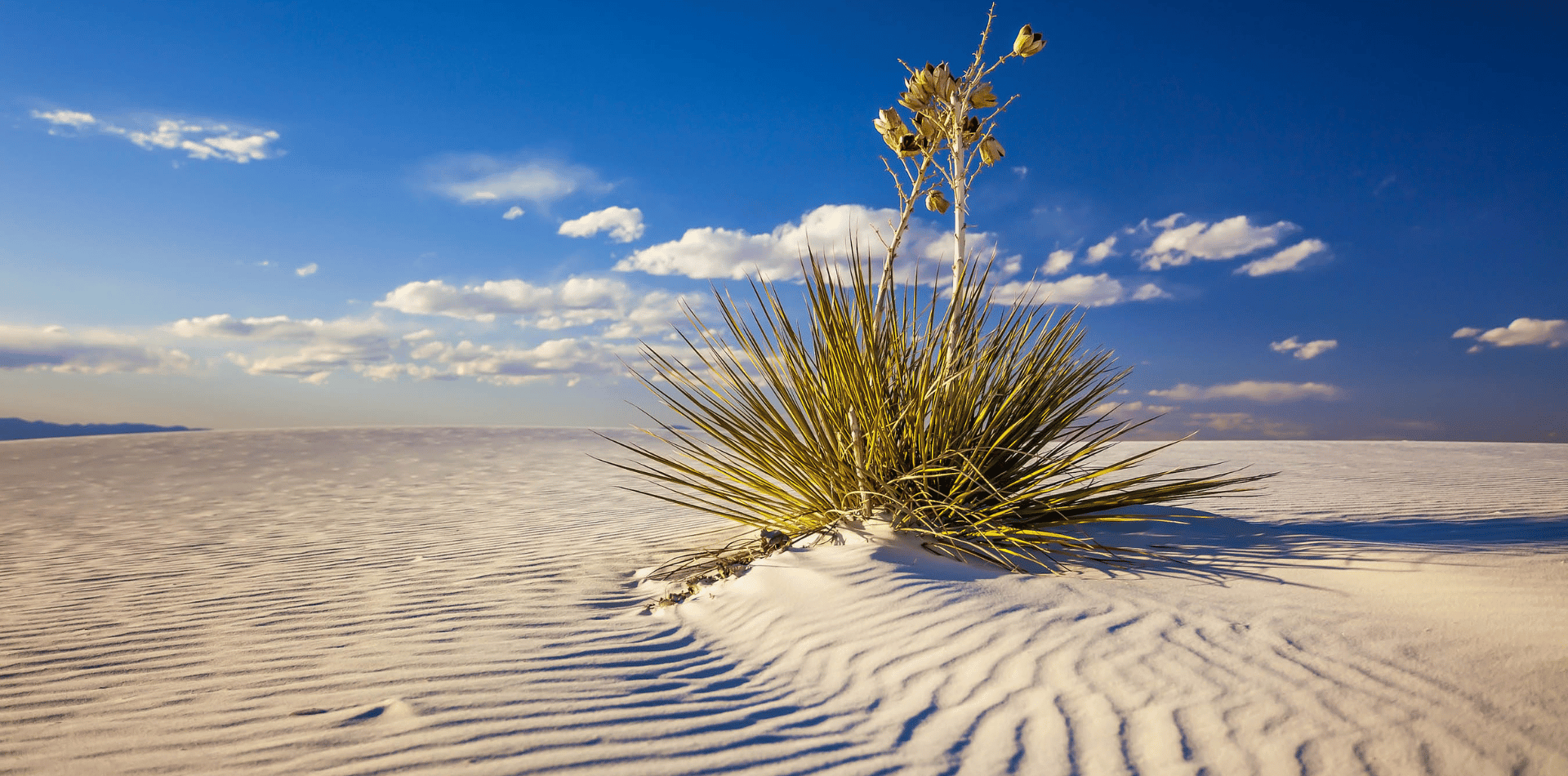
2. Drought Resistance:
The yucca tree's resilience in the face of harsh climatic conditions is awe-inspiring. With their unique structural adaptations, including thick, succulent leaves and a deep root system, yucca trees excel in water conservation. These adaptations enable them to thrive in dry regions where other plants struggle to survive. This ability to endure extended periods of drought makes yucca trees invaluable for combating desertification, erosion, and land degradation.
3. Medicinal Properties:
For centuries, indigenous communities have harnessed the medicinal potential of yucca trees. The roots and leaves of some yucca species contain compounds with anti-inflammatory, antifungal, and antiviral properties. Yucca extracts have been used to alleviate symptoms of arthritis, promote joint health, and support the immune system. Furthermore, yucca's saponins – natural compounds found in many plant species – have shown potential in reducing cholesterol levels and aiding digestion. These medicinal applications have piqued the interest of modern researchers, hinting at the promising therapeutic benefits yucca trees might offer.
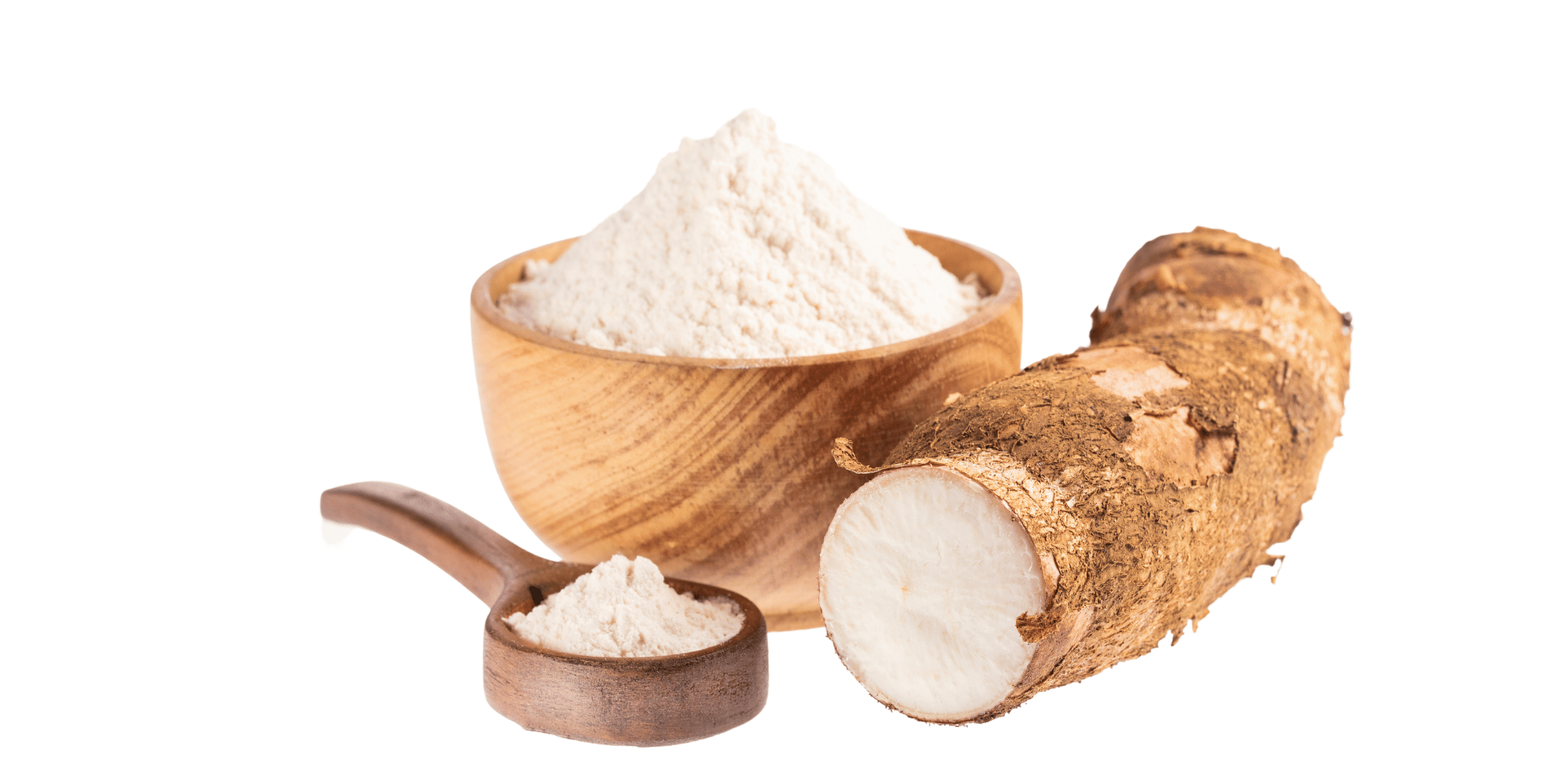
4. Culinary Delights:
Beyond their medicinal properties, yucca plants have also found their way into the culinary world. Yucca roots, commonly known as cassava, are a staple food in many cultures. Rich in carbohydrates, cassava is a valuable source of sustenance, particularly in regions where traditional crops struggle due to poor soil conditions. The starchy roots can be prepared in numerous ways – boiled, fried, mashed – offering a versatile ingredient for various dishes.
5. Fiber and Craftsmanship:
Yucca trees offer more than just sustenance and medicine; they also provide a source of durable fibre. The leaves of the yucca plant can be processed to create fibres that have been traditionally used by Native cultures around the World for weaving baskets, mats, and even clothing. The strength and flexibility of yucca fibres make them valuable for producing durable and functional items that are deeply rooted in cultural heritage.
6. Ornamental Beauty:
Amidst their utilitarian contributions, yucca trees stand as ornamental gems, adorning landscapes and gardens with their striking appearance. Their distinct architectural form, characterised by sharp, sword-like leaves and tall flower spikes, lends a touch of drama to any setting. Yucca trees can thrive in both adry and more temperate climates, making them a versatile choice for landscape design.
7. Environmental Restoration:
Yucca trees possess a unique ability to aid in environmental restoration efforts. Their deep root systems help stabilise soil, preventing erosion and contributing to the rehabilitation of degraded lands. Additionally, yucca trees can be used in phytoremediation – a process where plants are employed to absorb pollutants and contaminants from soil and water. This capacity to improve soil quality and purify water resources adds to their importance in sustainable land management practices.
8. Biofuel Potential:
As the world seeks alternatives to fossil fuels, yucca trees emerge as a contender in the realm of bioenergy. Some yucca species, particularly Yucca brevifolia (Joshua tree), possess a high lignocellulosic content, which can be converted into biofuels through processes like pyrolysis and fermentation. This potential biofuel source not only reduces reliance on finite fossil fuels but also offers a more environmentally friendly energy solution.
10. Biodiversity Support:
The presence of yucca trees fosters biodiversity by providing habitat and sustenance for various animal species. Birds, insects, and mammals are attracted to the tree's flowers, fruits, and shelter. These organisms form an intricate web of interactions within the ecosystem, contributing to its health and stability.
Yucca trees stand as remarkable natural wonders that offer a plethora of benefits to both the environment and human society. Their ecological significance, drought resistance, medicinal properties, culinary uses, crafting potential, ornamental beauty, and contributions to environmental restoration, biofuel production, carbon sequestration, and biodiversity support make them a versatile and valuable asset. As we continue to explore sustainable solutions and harness the potential of natural resources, the yucca tree's myriad advantages remind us of the intricate interplay between nature and human well-being.


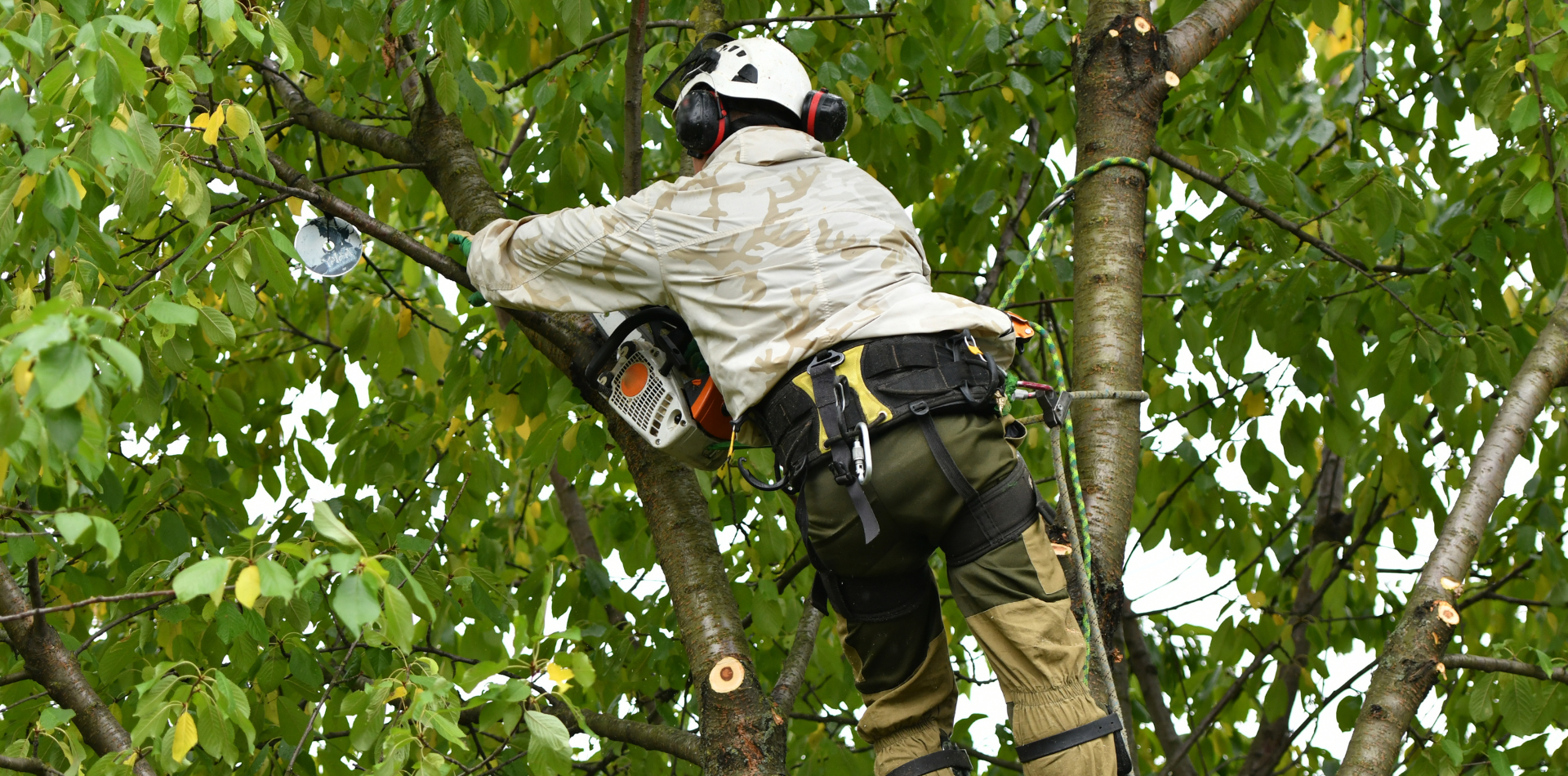
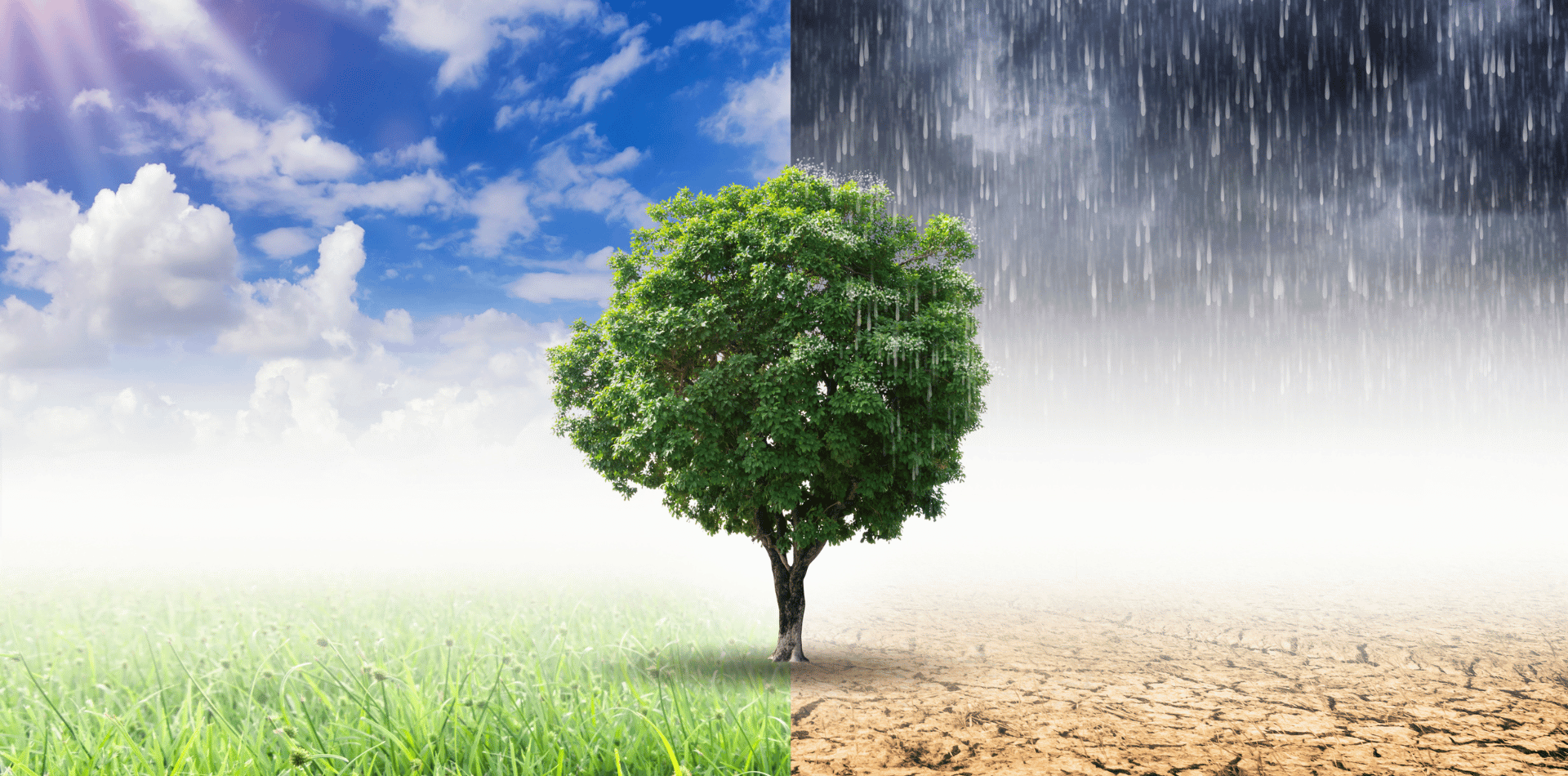

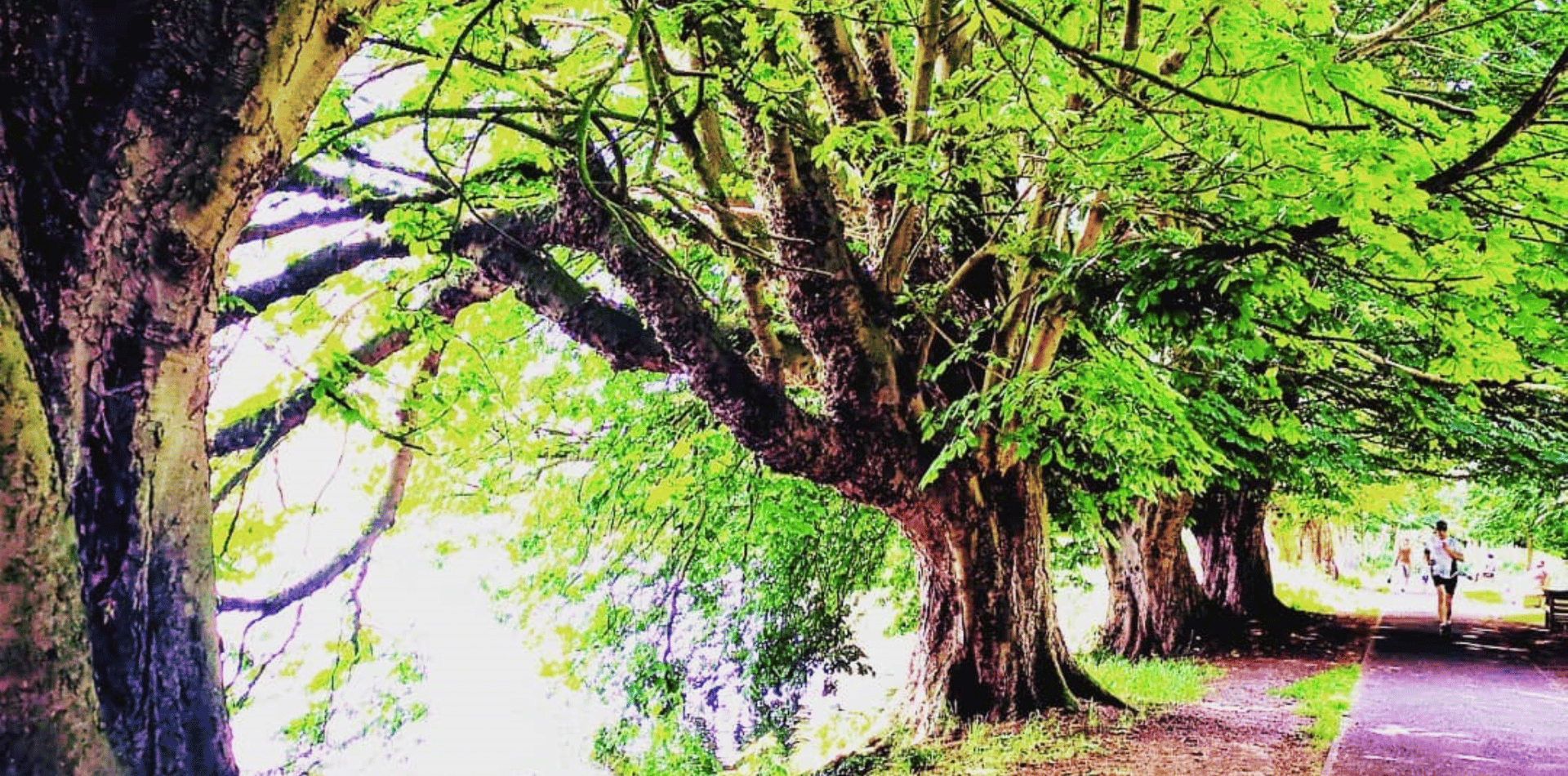
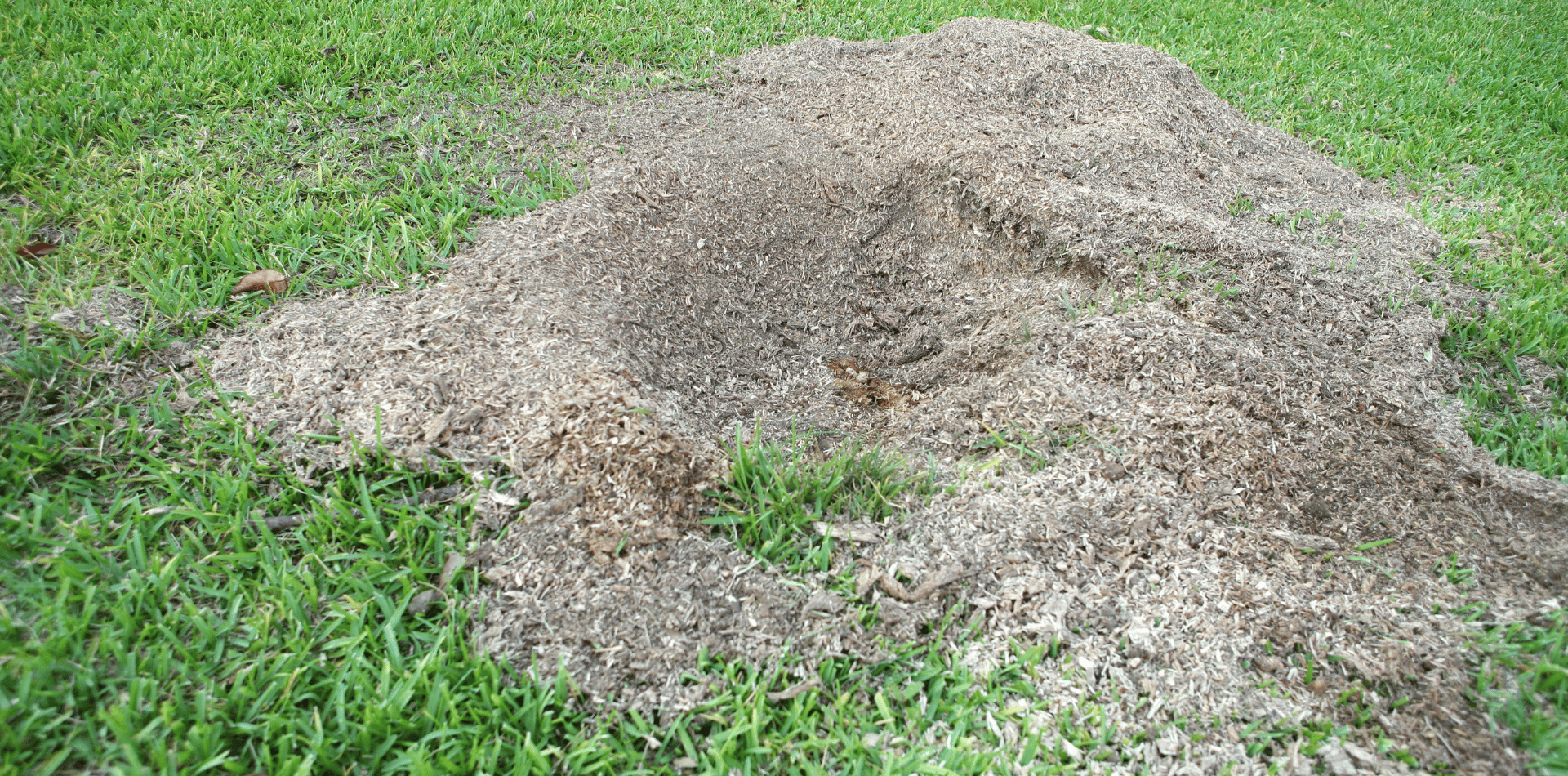

Contact
Kaptol Tree Removal Newcastle
A Member of the Kaptol Group
Powered by Kaptol Media

